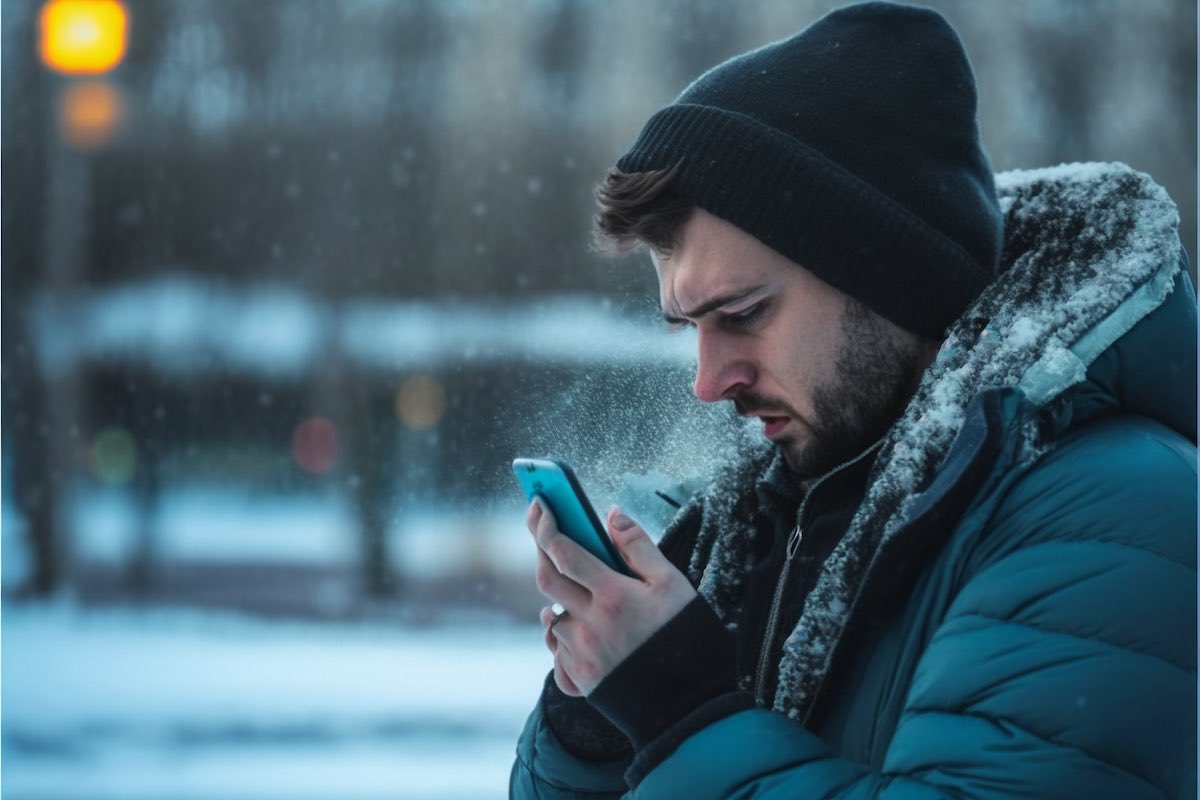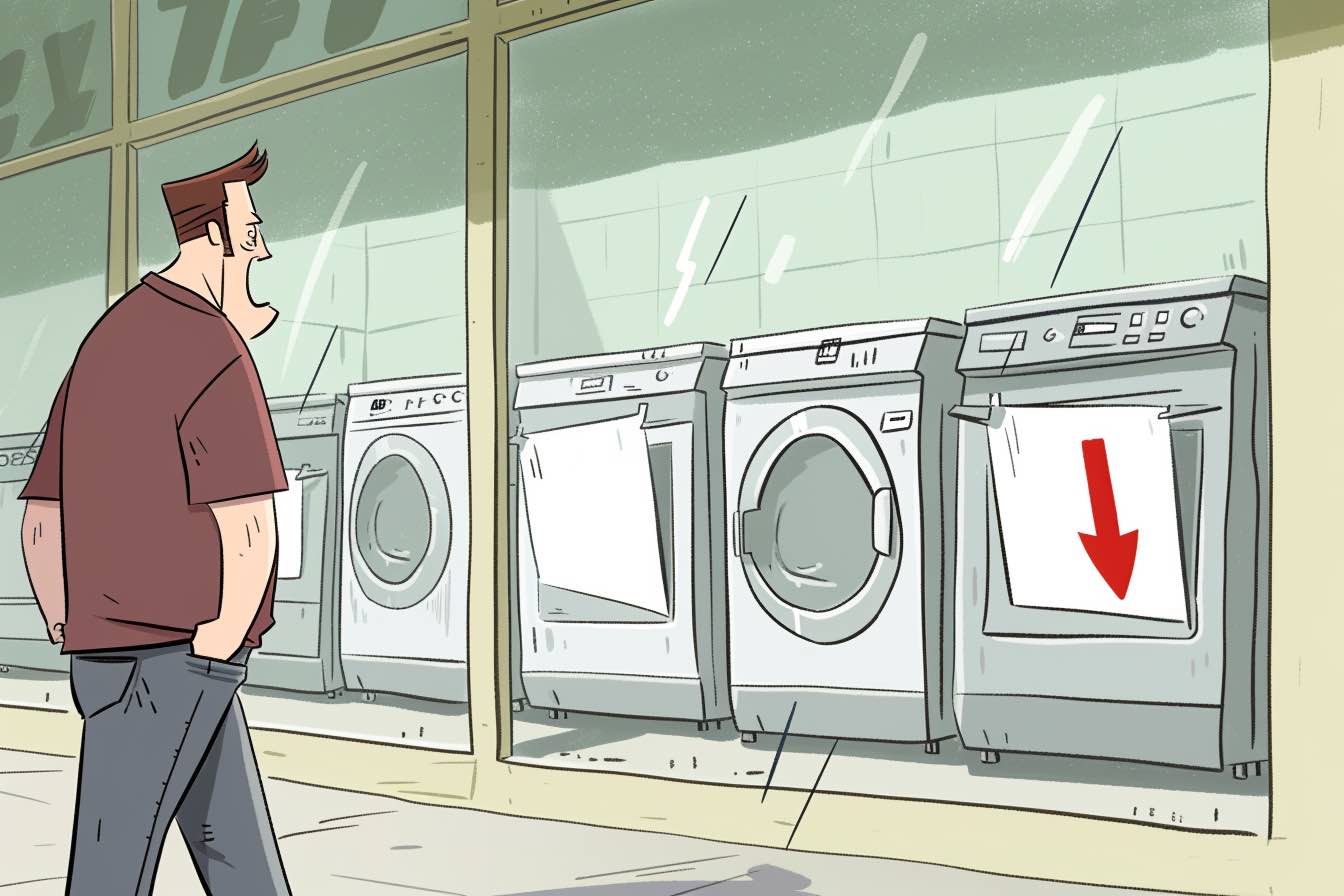Venmo just froze Joshua Hethcoat’s account — along with his $2,000. Now he wants to know how to get his account unfrozen and regain access to his money. Can we help?
Question
A few weeks ago, I tried to send $2,000 to my wife through Venmo to pay rent. The money didn’t go through. I received a message that my payment “could not be completed.” Venmo closed her account and sent the money back to me. Then Venmo froze my account and now they won’t give me my money back.
We’re on the verge of being kicked out of our house because we haven’t paid our rent. I have sent Venmo proof of my ID, and bank statements many times. But my money is still stuck. Can you help me unfreeze my account and retrieve my $2,000? — Joshua Hethcoat, San Pedro, Calif.
Answer
Venmo shouldn’t have frozen your account and kept your $2,000. It should have either sent the money to your wife or quickly explained why it couldn’t.
Your Venmo account was frozen for this reason.
And it does. Venmo’s terms are clear. When you open a Venmo account, and before your identity has been verified, it applies a $299.99 weekly rolling limit for all transactions combined. So when you tried to send $2,000 to your wife, it froze your Venmo account until it could verify your identity.
I think Venmo overreacted. I mean, what’s the point of sending you a “payment could not be completed” message and then suspending your wife’s account? And why not fully explain the problem instead of freezing your account and then subjecting you to a seemingly endless cycle of ID verification requests?
Venmo has to manually review your account, along with tens of thousands of other flagged accounts. That takes time — and time is something you don’t have.
Why have spending limits? Venmo, a mobile payment service owned by PayPal, wasn’t actually designed for large transactions. Its purpose is to send $20 to your buddy, not to send $2,000 to your wife to pay the rent. And don’t get me wrong, you can do transactions like that once Venmo verifies your identity. But there are probably better ways.
Your case underscores the limits of our banking system. In other countries, sending money is far easier, thanks to more progressive banking regulations. Here in the United States, we still write paper checks.
Using Elliott Advocacy’s company contacts database
Your problem is a reminder to always check the terms and conditions of any online financial service before using it. If you’d reviewed your Venmo fine print, you wouldn’t have $2,000 in limbo. Ultimately, Venmo did what it normally does with a questionable transaction: It froze the accounts until it could verify everyone’s identity. It just took its time, which almost led to your eviction. (Related: My Rui resort credit is missing in action. Help!)
If you ever find yourself in a similar situation, you can always reach out to someone higher up at PayPal. (The Elliott Advocacy research team has compiled the names, numbers and email addresses for the PayPal executives.)
That’s exactly what you did. You sent a brief, polite email to one of the executives I list on the site. The company quickly reviewed your account and released your $2,000.




